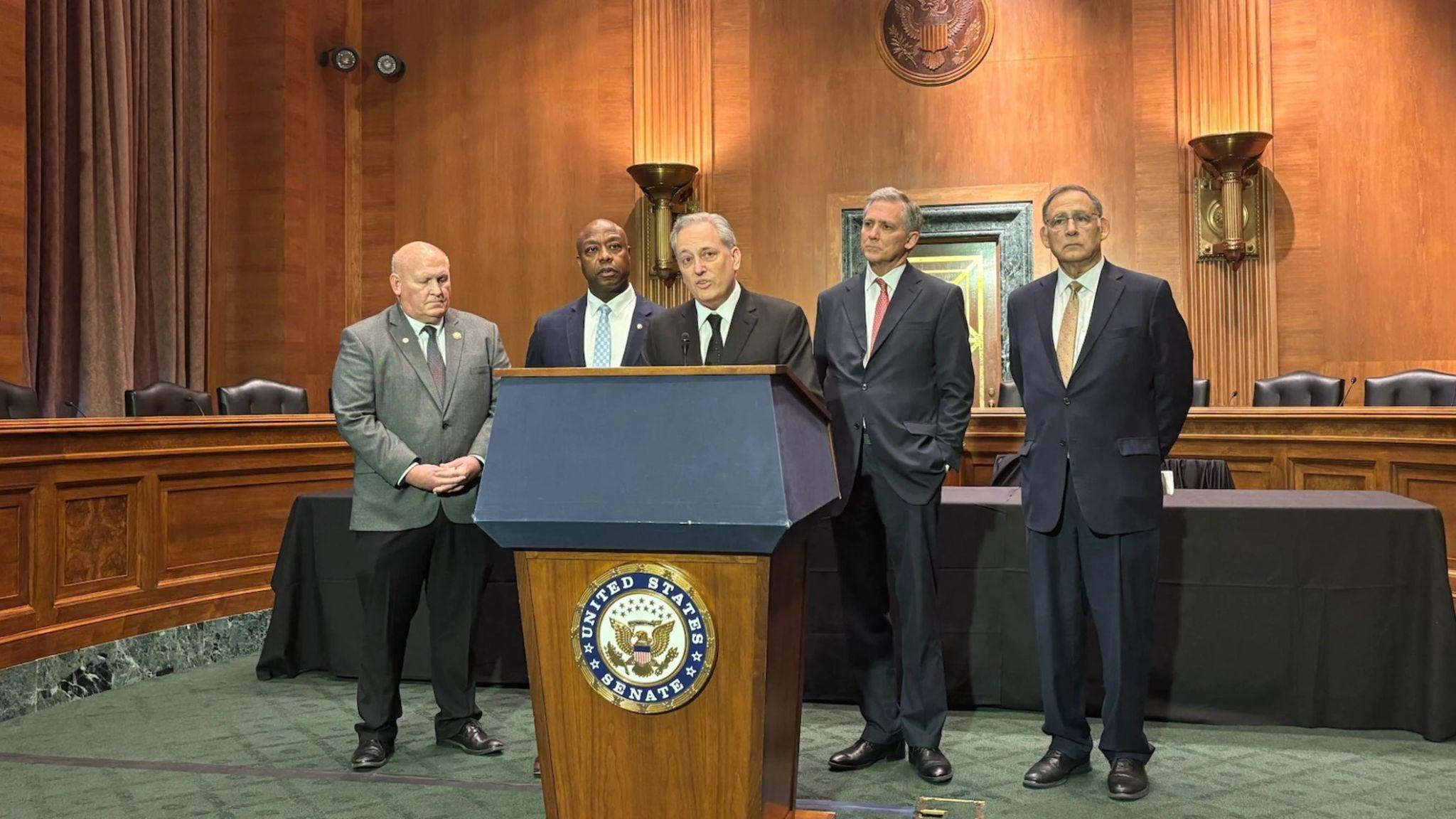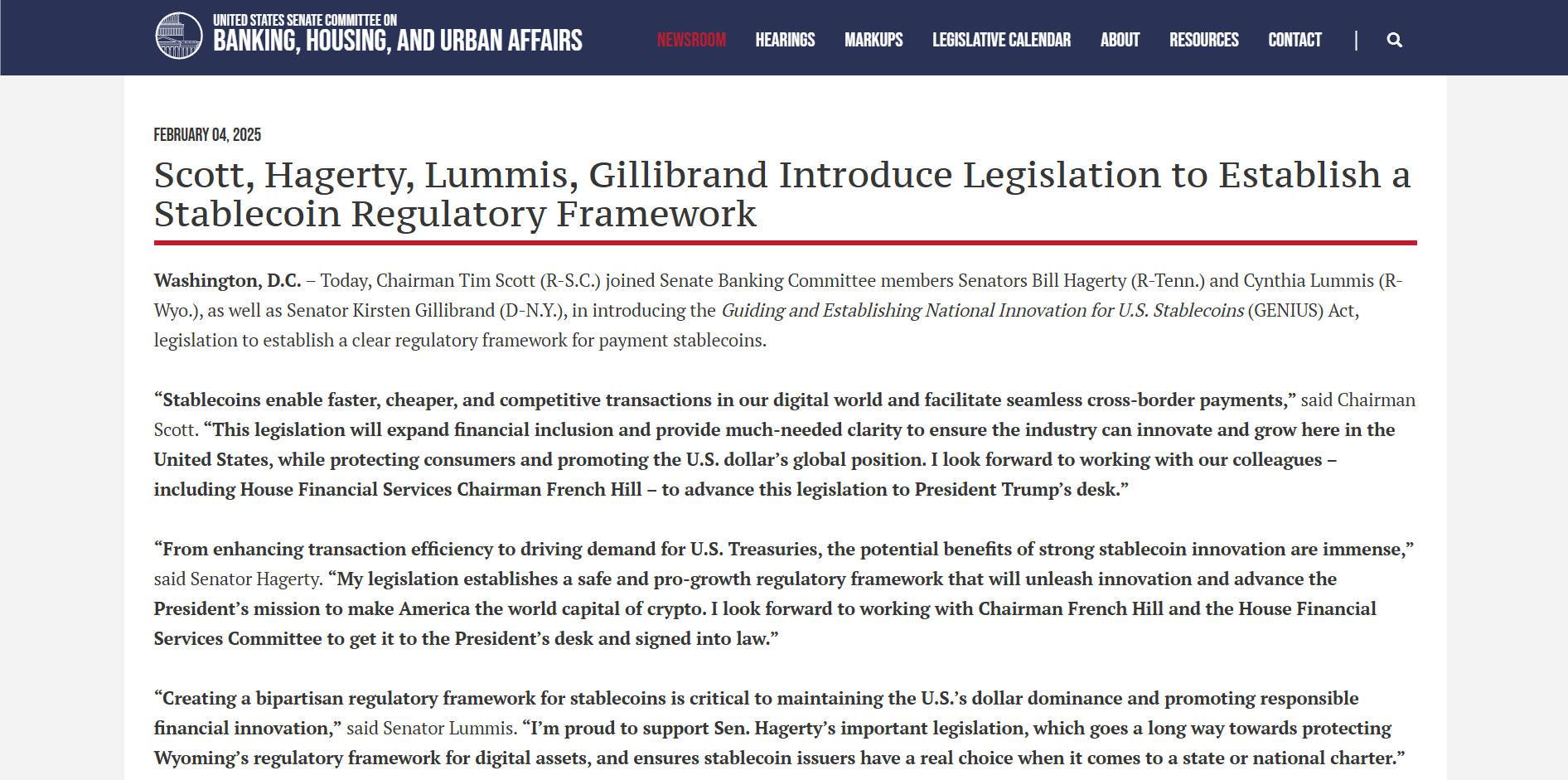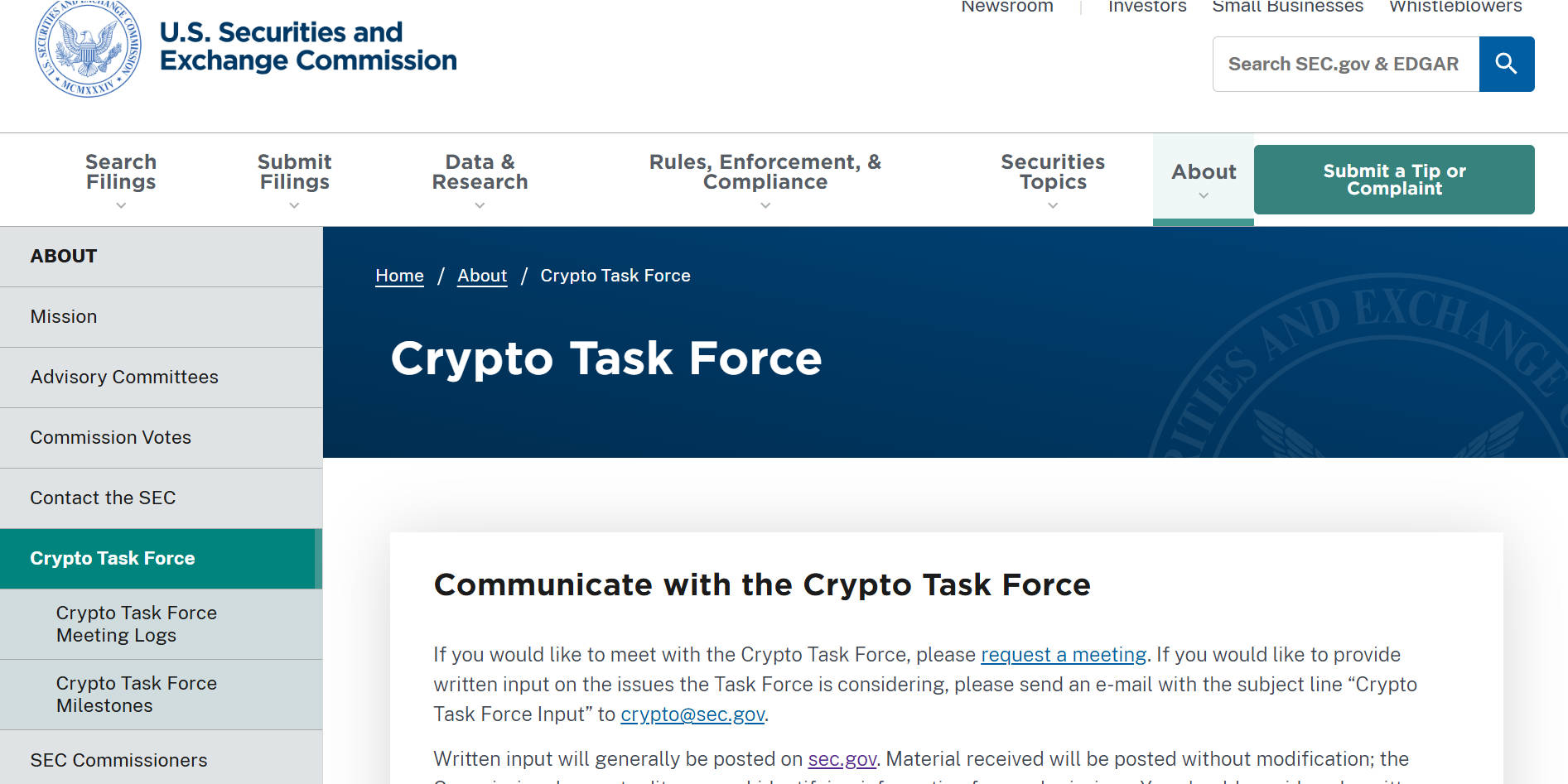Author: Weilin, PANews

In the early morning of February 5th Beijing time, David Sacks, the White House's AI and Cryptocurrency Supervisor, held the first press conference on digital assets with several U.S. Congress legislators on Capitol Hill, detailing the latest plans of the White House and Congress to develop digital assets in the United States.
Sacks stated at the conference that he looks forward to collaborating with Congress legislators to "create the Golden Age of Digital Asset Creation". He revealed that they are evaluating Bitcoin reserve proposals, although they are still in the early stages.
On the SEC side, reports indicate that the commission is downsizing the specialized team that was responsible for cryptocurrency enforcement actions, and reassigning some lawyers to other departments, marking a shift in the SEC's approach to cryptocurrency regulation. Meanwhile, the SEC has launched a website for its Crypto Assets and Cyber Unit, with the unit's head Hester Peirce outlining 10 priority tasks, focusing on the classification and regulation of crypto assets.
David Sacks: Looks forward to the "Golden Age of Digital Asset Creation", evaluating Bitcoin reserve proposals
Sacks emphasized at the press conference that he looks forward to working with Congress to "create the Golden Age of Digital Asset Creation" together. The press conference also invited Senate Banking Committee Chairman Tim Scott, Senate Agriculture Committee Chairman John Boozman, House Financial Services Committee Chairman French Hill, and House Agriculture Committee Chairman G.T. Thompson.
These committees are forming a bicameral committee to lead cryptocurrency regulatory work, planning to build on the market structure legislation "FIT21" passed in the House Financial Services Committee last year, and combine it with Senator Bill Hagerty's new stablecoin bill released on February 4th, to drive a new round of legislation. Senate Banking Committee Chairman Tim Scott said he plans to "push as hard as possible" to get these bills passed in the Senate within the first 100 days.
Sacks also confirmed that the President's Digital Assets Working Group, established by the Trump executive order, will first examine the feasibility of Bitcoin reserves, but he pointed out that this initiative is still in the early stages as some members of the working group have not yet been confirmed.
Senator Bill Hagerty Introduces New Stablecoin Bill GENIUS

As mentioned above, on February 4th, U.S. Senator Bill Hagerty introduced a bill aimed at creating a regulatory framework for stablecoins, bringing tokens like Tether and USDC under the Federal Reserve's regulatory rules.
The stablecoin bill aims to create "a safe and growth-friendly regulatory framework to unleash innovation" and advance former President Trump's commitment to making the U.S. the "global capital of cryptocurrency".
Hagerty's "Guidance and Oversight of New Users of Digital Assets (GENIUS) Act" has the support of Senators Tim Scott, Kirsten Gillibrand, and Cynthia Lummis.
Hagerty added on X platform that he looks forward to working with Congressman French Hill and the House Financial Services Committee to "get it (the bill) to the President's desk and signed into law".
Hagerty's stablecoin bill builds on the discussion draft he submitted for former Congressman Patrick McHenry's "Clarity for Payment Stablecoins Act" last October.
The key elements of the GENIUS Act include:
Defining payment stablecoins as digital assets pegged to a fixed monetary value and used for payments or settlement;
Establishing clear procedures for institutions seeking to issue stablecoins to obtain a license;
Imposing reserve requirements on stablecoin issuers and setting lightweight, customized regulatory standards;
Applying the Federal Reserve's regulatory framework for depository institutions and the OCC's framework for non-bank issuers to issuers with over $10 billion in stablecoins;
Allowing state-level regulation for issuers below the $10 billion threshold, with an exemption process for those exceeding it to continue under state oversight;
Establishing a clear regulatory, examination, and enforcement mechanism with defined limitations.
According to CoinGecko data, Tether (USDT) and Circle's USD Coin (USDC) are the only two stablecoins with a market cap exceeding $10 billion currently.
Stablecoin issuers will also be required to provide monthly audited reserve reports, with potential criminal penalties for submitting false information.
SEC Launches Crypto Unit Website, Adjusts Regulatory Strategy
On February 5th, according to the New York Times, five people familiar with the matter revealed that the SEC has downsized a specialized team of over 50 lawyers and staff that was previously dedicated to cryptocurrency enforcement actions. This is one of the first concrete measures taken by the Trump administration and its government to reduce regulation of cryptocurrencies and other digital assets. One of Trump's first executive orders aimed to promote the development of cryptocurrencies and "eliminate overregulation of digital assets".
Sources said that some lawyers from the cryptocurrency team are being reassigned to other departments within the U.S. Securities and Exchange Commission. A senior lawyer from the team has been moved out of the enforcement division.
Interim SEC Chair Mark T. Uyeda, while making a series of other high-level appointments at the SEC, has also established a team to review the SEC's handling of digital assets. This working group is led by SEC Commissioner and outspoken cryptocurrency supporter Hester Peirce.

On February 4th local time, the U.S. Securities and Exchange Commission (SEC) launched a webpage for its Crypto Assets and Cyber Unit, outlining 10 priority tasks for the team, including addressing what types of cryptocurrencies should be classified as securities rather than commodities, and creating a more "viable" registration path by amending the SEC's existing registration routes.
Other priorities include "clarifying whether crypto lending and staking activities are subject to securities laws" and determining which parts of the market fall outside the SEC's jurisdiction.
Looking ahead, as the White House and U.S. Congress work closely to drive the development of digital assets, the legislative process for cryptocurrency and stablecoin regulation in the U.S. is gradually accelerating. Although many proposals are still in the early stages, the framework around Bitcoin reserves and stablecoins is taking shape. As the SEC's Crypto Unit adjusts, it remains to be seen whether the U.S. can lead global crypto innovation.




